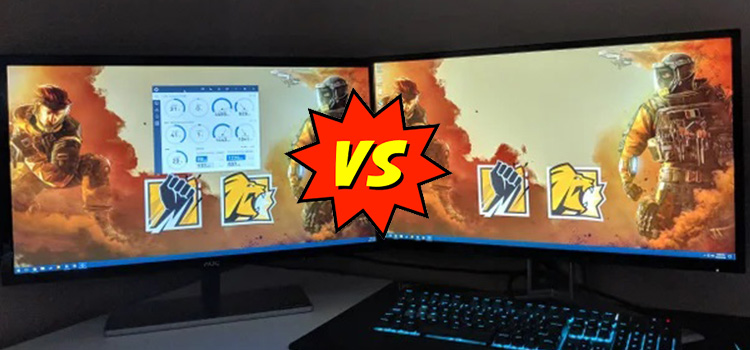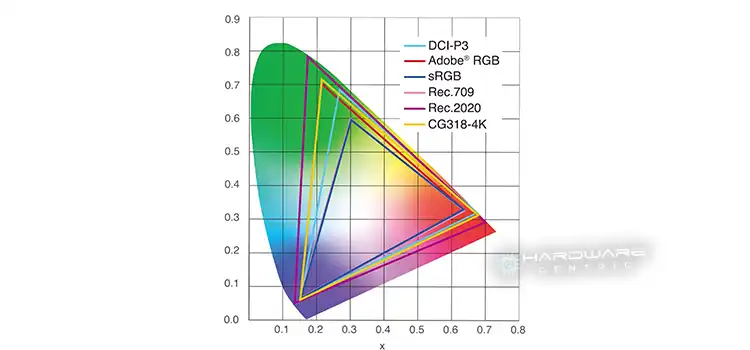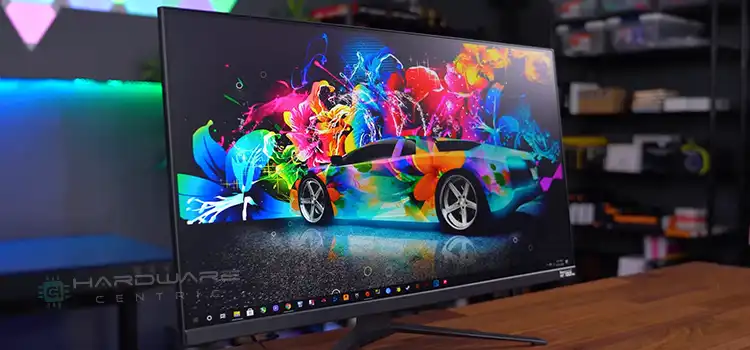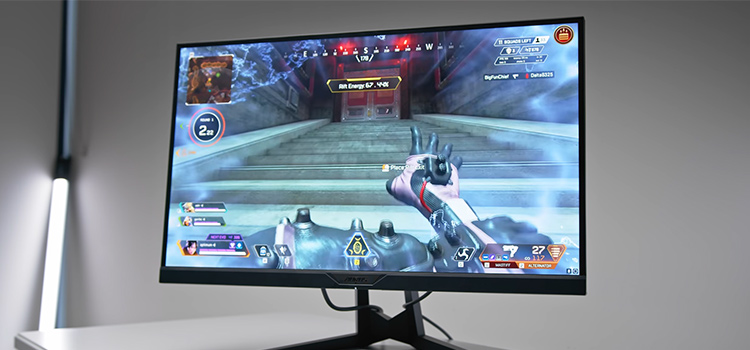4K 60Hz or 1080p 144Hz | Which to Go For?
People all over the world are now very conscious of most little details when building a PC or buying a new monitor. Especially gamers who are competitive, want the very best components for their build. And a good monitor can make the experience a thousand times better.
It is not easy to choose which monitor would give the best experience. It often comes down to the resolution and the refresh rate when choosing a monitor. Should you go for 4K 60Hz or 1080p 144Hz?
Some would prefer the 4K resolution over a 144Hz refresh rate. But we’re going to explore 4K 60Hz and 1080p 144Hz and see which one best suits your preference.

What Is the Meaning of Hz for Monitors
Hz (Hertz) is the measurement of how many times per second a monitor refreshes the image on the screen. Hence, this is also called the refresh rate. If your display has a refresh rate of 144 Hz, this means it’s refreshing the image 144 times per second.
And higher Hz means more fps being displayed on-screen. This helps reduce motion blur and improves responsiveness in-game.
4K 60Hz or 1080p 144Hz Monitor: A Brief Comparison
Here are the differences between a 4K 60Hz monitor and a 1080p 144Hz monitor –
| Factors | 4K 60Hz Monitor | 1080p 144Hz Monitor |
| Resolution | 3840×2160 | 1920×1080 |
| Refresh Rate | 60Hz | 144Hz |
| Response Time | Slower | Faster |
| Frame Rate Per Second | 60 FPS | 144 FPS |
| Image Quality | Higher resolution and sharper image quality | Lower resolution and slightly reduced image quality |
| Gaming Preference | Great for single-player and RPG games. | Great for casual, and FPS competitive games. |
| Input Lag | Higher input lag due to processing time | Lower input lag |
| System Requirements | Higher-end hardware | Mid-range hardware |
| Motion Blur | Slight motion blur | Less motion blur |
| Multitasking | Excellent for multitasking | Isn’t the best for multitasking |
| Price | expensive | Less expensive |
The choice between a 4K 60Hz monitor and a 1080p 144Hz monitor depends on the user’s preferences. If you need high picture quality but don’t need a higher refresh rate, then a 4K 60Hz monitor is good to go for you. But if you are a gamer and looking for a smoother gaming experience, then you should go for the 1080p monitor with a 144Hz refresh rate.
According to the table above, you can see that the 4K 60Hz monitor can provide higher resolution but you can face input lag and motion blur. Again, you’ll need a powerful CPU and GPU for this monitor. On the other hand, the resolution on a 1080p monitor is lower than 4K but you can have a smooth experience due to the higher refresh of 144Hz.
Now, let’s see which one of these two monitors is worth buying.
Pros and Cons of 4K 60Hz VS 1080p 144Hz Monitor
As now you know the differences between 1080p 144 Hz and 4K 60 Hz, let’s identify the pros and cons of both monitors.
| Pros | Cons | |
| 4K 60Hz | You can get crystal-clear images with high resolution.The best monitor for photo and video editing.It has a huge variety of colors (more than 10-bit).4K movies and videos can be played smoothly. | The frames per second are limited (up to 60 fps).To avoid a bottleneck, you’ll need a strong graphics card.Might be more expensive than other resolutions.Can’t find all the content in 4K as there is limited content available in 4K. |
| 1080p 144Hz | You can get high frame rates and a seamless gameplay experience.You can feel the smooth picture and video quality due to a higher refresh rate.The balance between resolution and refresh rate is excellent.You can enjoy smooth gaming with a nice blend of speed and a high refresh rate. | To avoid bottlenecks, you’ll need a powerful GPU also.For flawless streaming, your internet connection has to be fast.Limited devices support HDR technology.All games don’t support a high refresh rate. |
Which Monitor is Better: 4K 60Hz or 1080p 144Hz
Now, the main differentiating factor between these two types of monitors is the refresh rate. 4k or 1440p resolution monitors rarely go up to the refresh rate of 120Hz or 144Hz. These monitors make up for the 60Hz refresh rate with the resolutions.
While the 4K resolution is undoubtedly the best, in competitive gameplay, it is much better to go with the 144Hz monitor. Even if the resolution is not up to where you want it to be, the higher refresh rate means less screen tearing, ghosting, and motion blur.
Yes, a good CPU and GPU are also needed for you to take full advantage of the high refresh rate. But without a good monitor, your gameplay will still look sluggish. As stated before, it can be crucial in competitive games like CS:GO, World of Warcraft, TERA, etc.
Our Pick: 4K 60Hz or 1080p 144Hz
From experiencing both 4K 60Hz and 1080p 144Hz firsthand, we can safely say that 1080p 144Hz is the one we would go for. The viewing experience felt much better for gaming, among other things like watching movies, video editing, rendering, and more.
The 144Hz refresh rate truly is a treat for the eyes. Even if the resolution is low, the refresh rate definitely makes up for it. So, our recommendation would be the 1080p 144Hz.
Frequently Asked Questions (FAQs)
Can a 4K 60Hz monitor show 144fps?
The simple answer is no. A 60Hz monitor cannot become a 144Hz monitor when you decrease the resolution from 4K to 1080p. Similarly, a 1080p monitor cannot become a 4K monitor when you decrease the refresh from 144Hz to 60Hz.
Can HDMI do 4K 144Hz?
HDMI 2.0 is also fairly standard and can be used for 60Hz at 4K, 144Hz at 1440p, and 240Hz at 1080p. The latest HDMI 2.1 has native support for 60Hz at 8K and 144Hz at 4K UHD.
Conclusion
In brief, 4K 60Hz is exceptionally good for casual use such as watching movies, but for an overall greater experience, 1080p 144Hz is better. We hope that we were able to help you choose between 4K 60Hz and 1080p 144Hz monitors. If you need further assistance, please leave a comment. We would be happy to help.
Subscribe to our newsletter
& plug into
the world of PC Hardwares


![[Fix] Computer’s Half of Screen Is Black (100% Working)](https://www.hardwarecentric.com/wp-content/uploads/2022/09/Why-Half-of-Screen-Is-Black-on-My-Monitor.jpg)
![[Fix] 144hz Monitor Only Showing Refresh Rate 120hz (100% Working)](https://www.hardwarecentric.com/wp-content/uploads/2021/10/144hz-monitor-only-showing-120hz.jpg)


